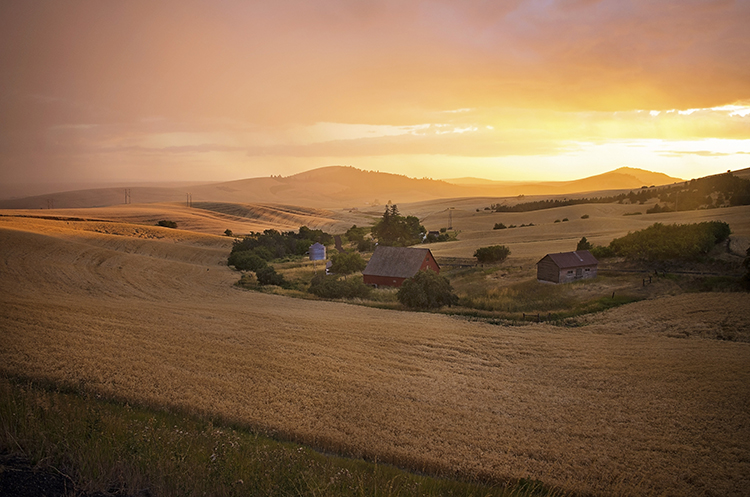
It was purely coincidence that the recent Sustainable Agriculture Summit took place in Glendale, Ariz., a city in Maripoca County, which happens to be the county projected to lose the most farmland in the nation over the next 20 years. It made a fitting backdrop, though, for Kara Heckert’s presentation on trends in Western agriculture.
“Agriculture in the West is at the forefront of impacts of climate change and land transition,” said Heckert, the resilient agriculture west advisor for American Farmland Trust (AFT). “No other region is as greatly impacted in the country.”
At the same time, the West provides more than half of America’s food, she noted. Joining Maripoca on the list of counties projected to lose the most farmland are other western locations, including Boise, Idaho; Salt Lake City, Utah; and several Southern California counties.
On top of reduced food production, there are environmental impacts that result from lost farmland. Another prominent concern in the West is water, and more specifically, the lack of it. Heckert explained that farmland can be part of the solution, as it absorbs more water and is one of our greatest groundwater recharge areas.
Unfortunately, precious farmland continues to be converted into other uses, and that can have long term impacts on planet earth. “Every acre that is paved over due to development, we lose the opportunity to sequester carbon,” Heckert said.
“Low density development, which is widespread in the West, generates more emissions than compact development or farmland,” she continued. “Protecting farmland and limiting sprawl development can curb some of our largest sources of carbon emissions. Farmland preservation, more than other management activity, will likely have the single greatest impact on stabilizing and reducing future emissions.”
Beyond development, the aging farm population is another factor in ag land loss. Heckert noted that the average age of farmers in the U.S. is now 57.5 years old. “This, coupled with high land values, may have ripple effects on the sector. Keeping the land in the hands of the farmer is critically important,” she stated.
Heckert also touched on opportunities for renewable energy, focusing on solar energy. She said the nation’s Department of Energy predicts that more than 10 million acres will be needed to scale up solar energy by 2050. AFT projects that more than 80% of those projects will be sited on agricultural land.
“This growth will create opportunities but also threatens farmland and furthers the conflict between growing food and producing energy,” Heckert said. “America and the West need both renewable energy and productive and resilient farms and ranches.”
That is why, she explained, AFT promotes a concept called “smart solar,” which focuses on three equally important goals: accelerating energy development, strengthening farm viability, and safeguarding land well-suited for farming and ranching.
“If done well, smart solar projects can provide benefits for farmers and landowners and protect land well suited for agriculture,” she said. Achieving these goals will require collaboration, and Heckert believes this is a key for protecting Western agriculture overall.
“The face of ag in the West is changing. The demographics are changing. The challenges are daunting. These challenges require a broad coalition of support and a whole toolbox of solutions from a broad spectrum of partners,” she said.
“Most importantly, we need farmers and ranchers to stay engaged and remain a critical part of the solution,” she concluded.








